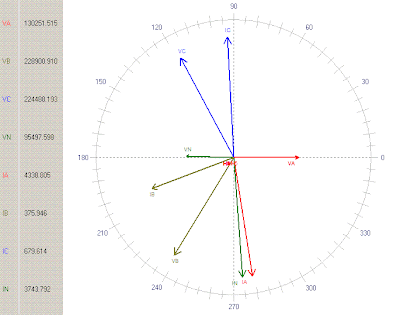CT switching is used in different protection schemes where protection boundaries can change with the operation of isolators (dis-connectors).
In protection schemes, having differential protections, protection boundaries are defined by the locations of CTs. Let us look into the Double Bus Scheme, which is used widely upto 400kV levels.
Every Feeder is having three isolators, one for Bus-1, second for Bus-2 and third for Feeder. In this case any feeder can be connected to either Bus-1 or Bus-2 by changing the position of isolators.
In the diagram above, Feeder-1 and Feeder-3 are connected to Bus-1. Feeder-2 is connected to Bus-2. Now, let us come to bus bar protection. Bus bar protection is differential protection, which calculates the vector sum of all the feeders terminating on a bus. In above figure differential current for Bus-1 shall be vector sum of current measured by CT1 + CT3 + CT4. Differential current for Bus-2 shall be vector sum of CT2 + CT4.
In the image above all the feeders are connected to Bus-1, bus coupler is kept out. Now in above figure differential current for Bus-1 shall be vector sum of current measured by CT1 + CT2 + CT3. Differential current for Bus-2 shall be zero as no feeder is connected to it.
In this way we can see that with the change in isolator positions of primary circuits, secondary circuits of CTs are required to be changed, so that the bus bar relay could calculate the differential current correctly. For this we need CT switching relay, which would change (switch) the secondary CT circuits depending on primary CT circuits.





